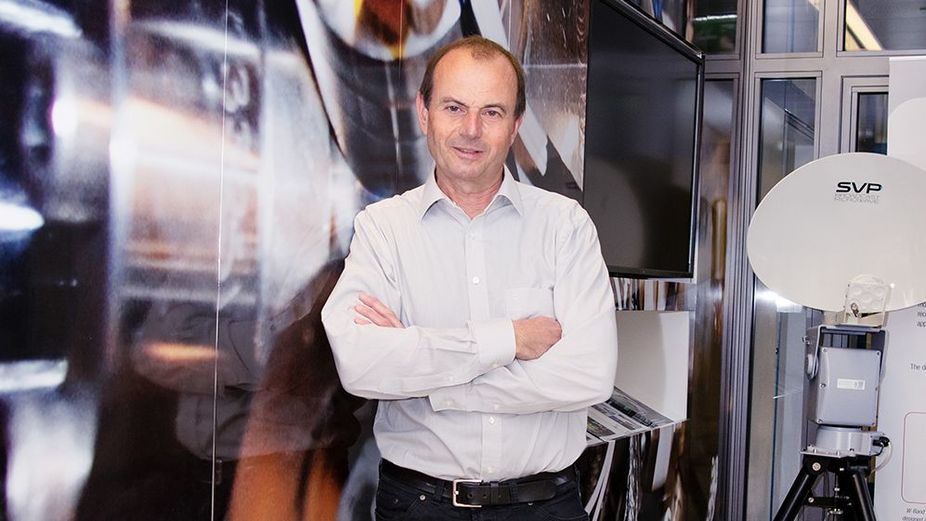Styria is known as the hotspot for Austrian space research for over thirty years. What about international visibility?
Michael Schönhuber: The international visibility within the academic world is very good. Above all in Europe for example, where Graz and JOANNEUM RESEARCH have a very good reputation with ESA. This reputation naturally extends beyond ESA. Whether it is the Rutherford Appleton Laboratory (UK), the German Aerospace Centre or prominent European universities, we are known as competitor and also as a partner. Of course, the other domestic research institutions such as IWF, the Austrian Academy of Sciences, the TU Graz or the University of Graz all contribute to the international visibility. Beyond Europe, things become a little different. Our 2D-Video distrometer that we build in small volumes are used at NASA. We also have orders from Asia. From the general public’s point of view, we are only known in certain contexts such as the launch of the W-CubeSat or the image processing from the Mars rover.
Space topics such as the landing of the Mars rover or space tourism have recently enjoyed broad media coverage. What makes space topics so attractive?
That lies in the excellence and uniqueness of the research. Above all though, the topic of space still holds enormous fascination for a society overloaded with information. We try to look outside the box, so to speak, and attempt to answer the question of what lies out there.
You and your team have been outstandingly innovative, key words here are W-CubeSat, 2D-Video distrometer, or the infrastructure at the Hilmwarte. What is next, what is your vision?
For many decades now, we have been following a red line. Even if we try to be successful with niche products, our focus is always on signal processing that is being made faster and the bandwidth wider. We are currently starting two related projects in this respect with a total project volume of €900,000. The output is a platform whose users will be able to test wideband, faster signal processing. Our second passion is navigation. Here too, we intend to produce products in small volumes. This is very important for us regarding the level of self-financing and commercial success.
You lead a successful and international research group. What makes your team so strong?
Our strength lies in the academic expertise, that is the prerequisite. And we are very good at localising current needs. We are always asking ourselves the questions, where can we have an effect, in which areas could we enter small volume production, and which niches could we use. The team spirit makes me very proud. We are a really good “we”.
Sustainability, the big topic: How do space technologies and sustainability fit together?
Our group deals mainly with satellites and navigation services, so space technology for everyday use. And this leads us to sustainability, since these technologies enable international online meetings to be held easily for example, without the need for a person to take a plane. Satellite communication can reach every location on Earth. And navigation technologies shorten distances.
Let’s assume that space travel could be made possible and easy. What would you like to see and experience?
I would think that the view of our Earth from space is something absolutely special. If you could see the Earth as a globe, then your horizon would definitely change. And I would also like to experience weightlessness.
